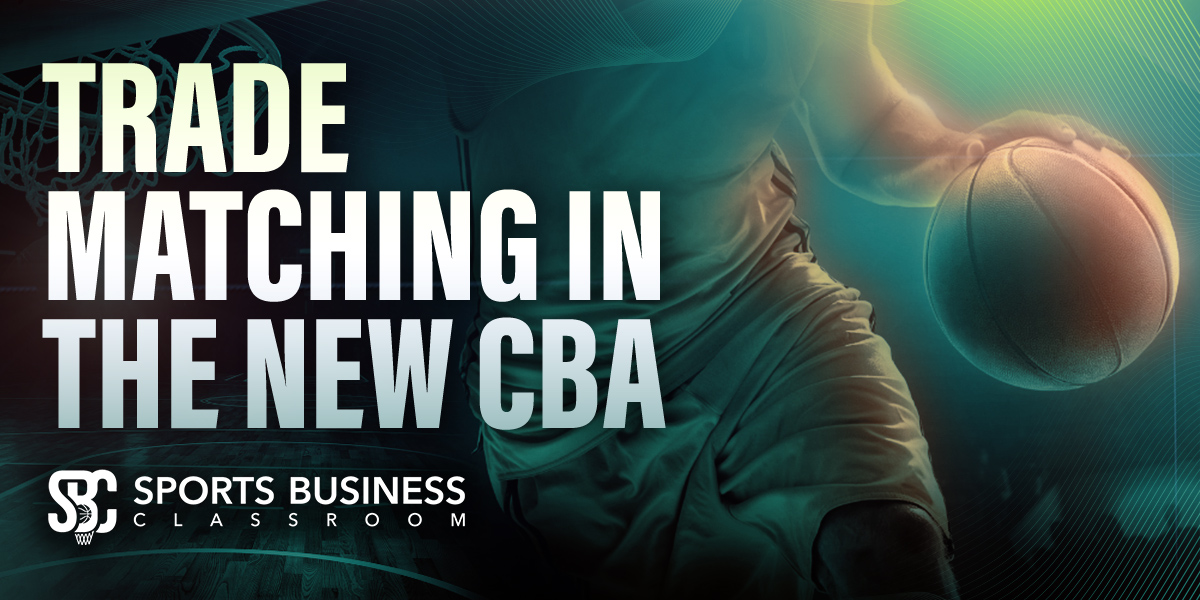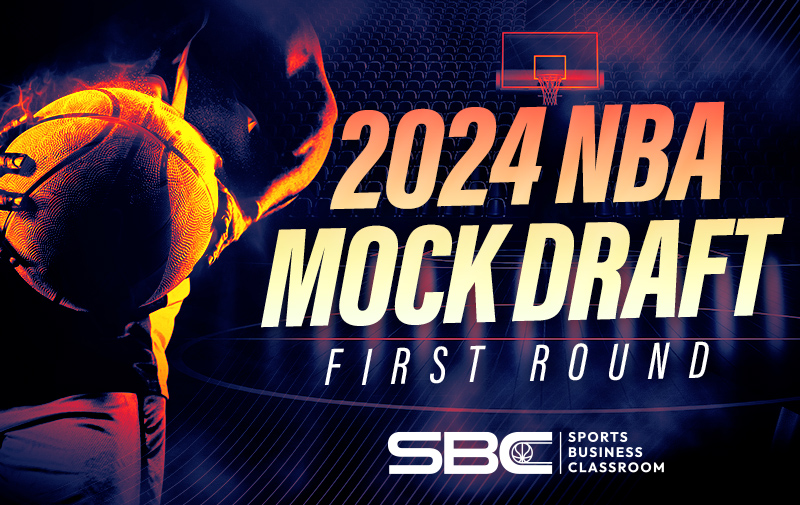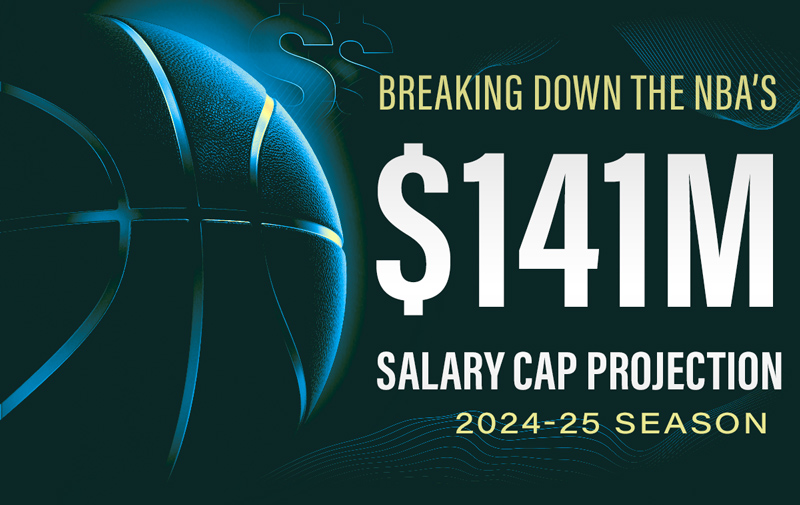
The NBA and NBPA have agreed to a new collective bargaining agreement that will take effect on July 1. While the final changes need further study, the formula to execute trades was altered.
Specifically, revisions in the formula for simultaneous traded player exceptions (S-TPEs) should allow more deal flexibility. The rules were even loosened for teams above the luxury tax threshold, provided they are below the first and second aprons.
In the current framework, if a team is above the threshold (currently $150,267,000), it can take back up to 125 percent of its outgoing salary plus $100,000. A player earning $10 million would generate a $12.6 million simultaneous trade exception (expiring immediately upon execution of the deal) that can take back a player earning up to that amount in salary.
As of July 1, only teams above the first apron (projected at $168,998,000) will be locked into the lowest level of salary matching—and instead of 125 percent, for 2023-24, it drops to 110 percent without the additional $100,00 padding. A player’s $10 million outgoing contract would generate an S-TPE of $11 million.
One day after the end of the 2023-24 regular season, salary matching drops to just 100 percent. A $10 million outgoing player can return another, making up to $10 million.
But tax teams will be treated like others below, provided a deal doesn’t push them over the apron. That includes a more dynamic formula for generating S-TPEs. The prior guidelines for teams below the tax are currently (through June 30):
- Up to $6,533,333 in outgoing salary can bring back 175 percent plus $100,000
- $6,533,334 to $19.6 million was padded by a flat $5 million
- Above $19.6 million was limited to 125 percent plus $100,000
As of July 1, for teams below the apron:
- Up to $7.25 million in outgoing salary can bring back 200 percent plus $250,000
- $7,250,001 to $29 million will be padded by a flat $7.5 million
- Above $29 million will be limited to 125 percent plus $250,000
[Note: This article was written before the final CBA was released. Updated the first bracket—from $7.5 million to $7.25 million. Additionally, the CBA uses a new naming structure for trade exceptions to be covered in a future post.]
While trades will remain challenging to orchestrate, the increased flexibility should make player movement more fluid. Starting in July 2024, teams can use non-taxpayer or room mid-level and bi-annual exceptions to acquire a player via trade or waivers.
For non-simultaneous traded player exceptions, generally called “trade exceptions,” the padding is also increased from $100,000 to $250,000. The Atlanta Hawks have a $6,292,440 trade exception for Justin Holiday that expires on February 9, 2024. As of July, the Hawks can take back a player earning up to $6,542,440.
Naturally, teams above the apron have 110 and then 100 percent limits. After the final day of the 2023-24 regular season, over-apron franchises cannot use prior-generated trade exceptions. And those above the second apron (projected at $179.5 million for 2023-24) won’t even have a taxpayer mid-level exception, can’t get a player back in return for one going out via sign-and-trade, won’t be able to send out cash in trade and can’t even aggregate contracts.
One area of flexibility was tightened for deals above the salary cap (which doesn’t apply each year from December 15 to the trade deadline), preventing teams from throwing in extra minimum contracts to make a deal’s math work. It had become a semi-common practice for franchises to sign players at a non-guaranteed minimum before the end of a season to generate potential outgoing salary in July.
From July to December 15, if the number of aggregating players going out is larger than the number coming back, only one minimum contract can be included in that aggregation. This would prevent the practice that the Boston Celtics used with Nik Stauskas, Malik Fitts and Juwan Morgan to acquire Malcolm Brogdon from the Indiana Pacers. The rule allows a team to send out two minimum contracts (exclusively) in aggregation.
This is just scratching the surface. The One-Year Bird restriction still stands, but a player can consent to a trade-to-be-named-later upon signing. Renegotiation and trades trigger a six-month waiting period. Finally, as of July 2024, over-second-apron teams will face “frozen” draft picks, but that’s a bigger topic to explore in the future.
Understanding the rules as they’re initially being implemented can be subject to change. Email Eric Pincus at eric.pincus@gmail.com and follow him on Twitter @EricPincus.






Leave A Comment